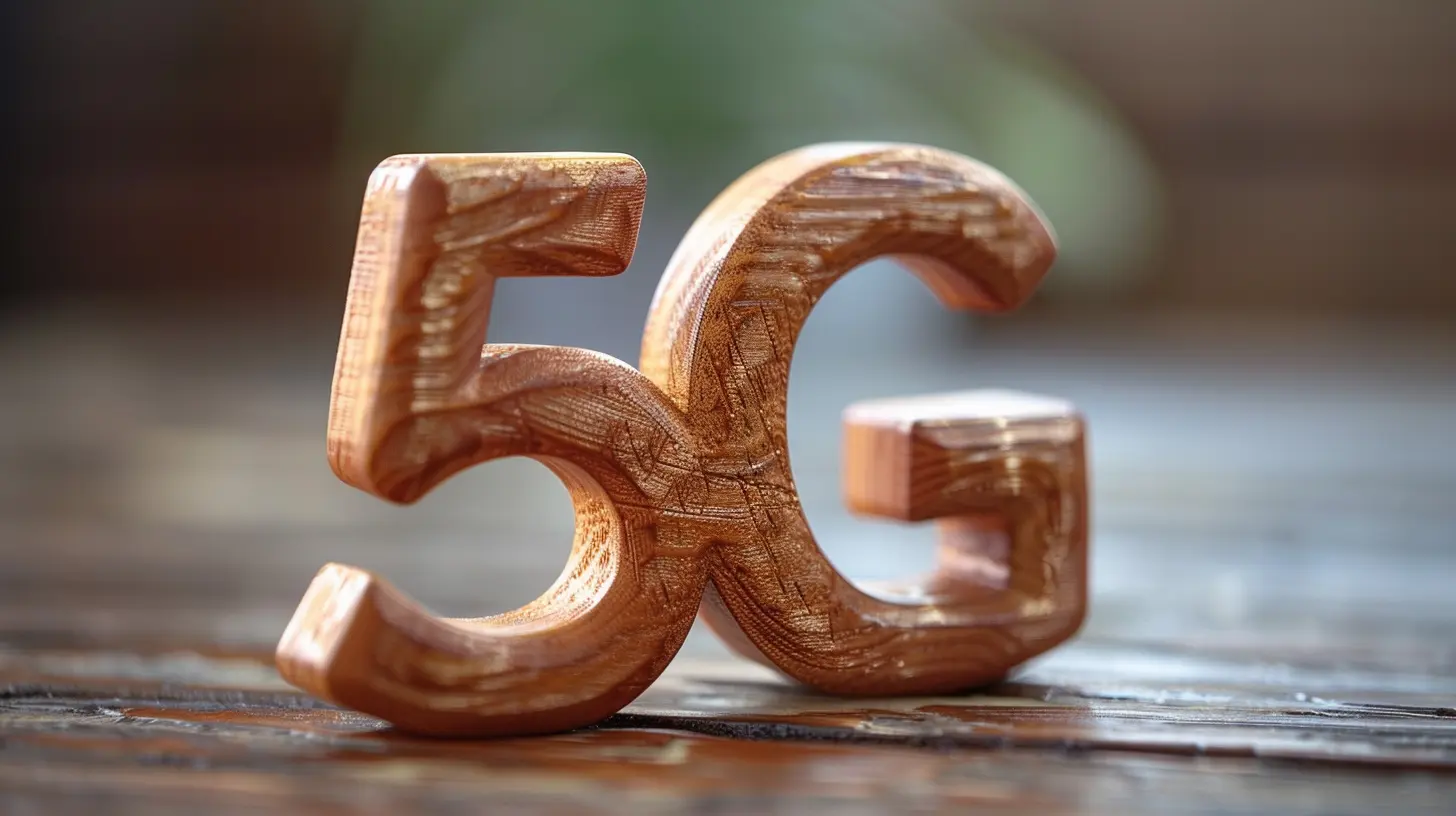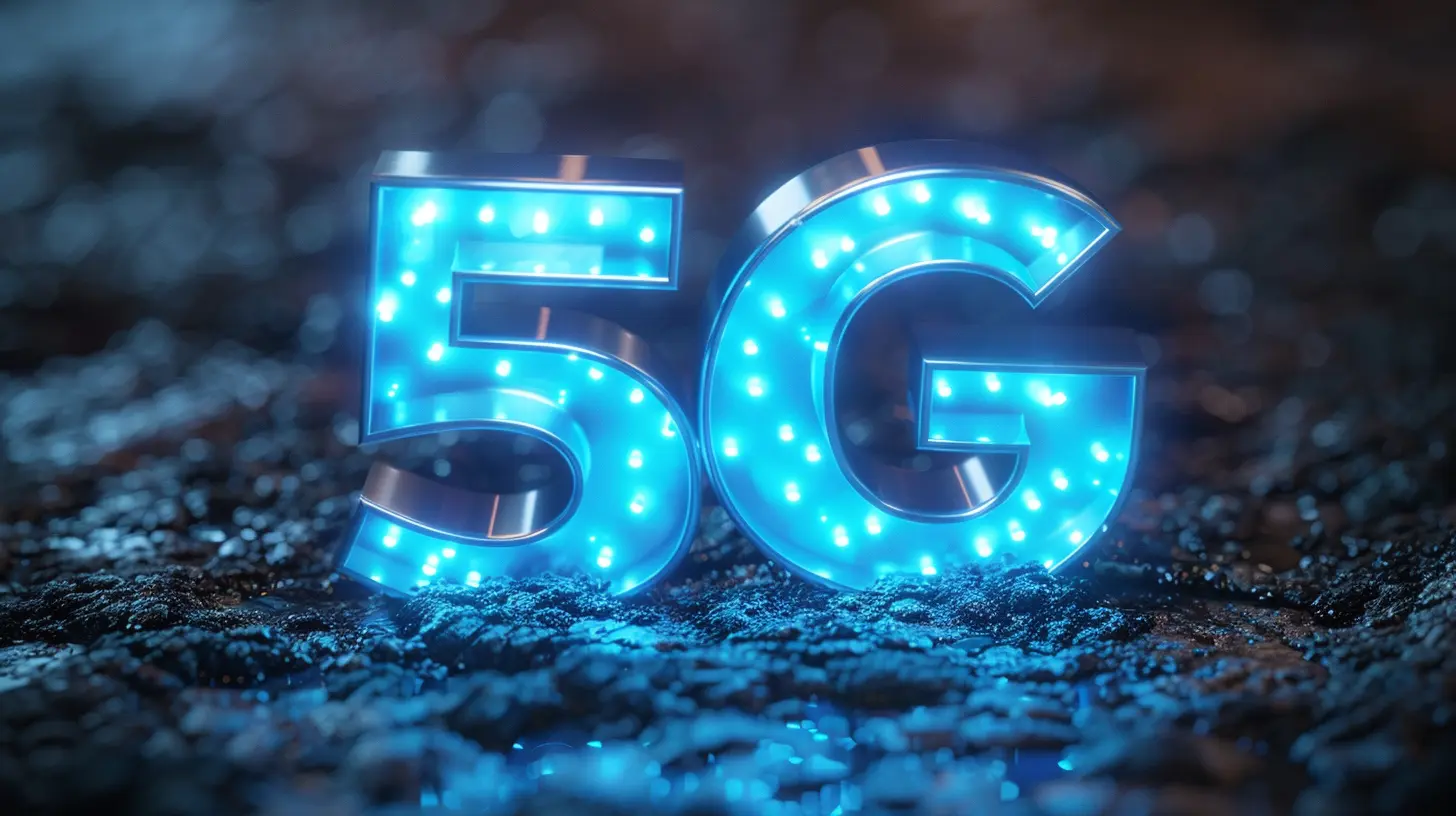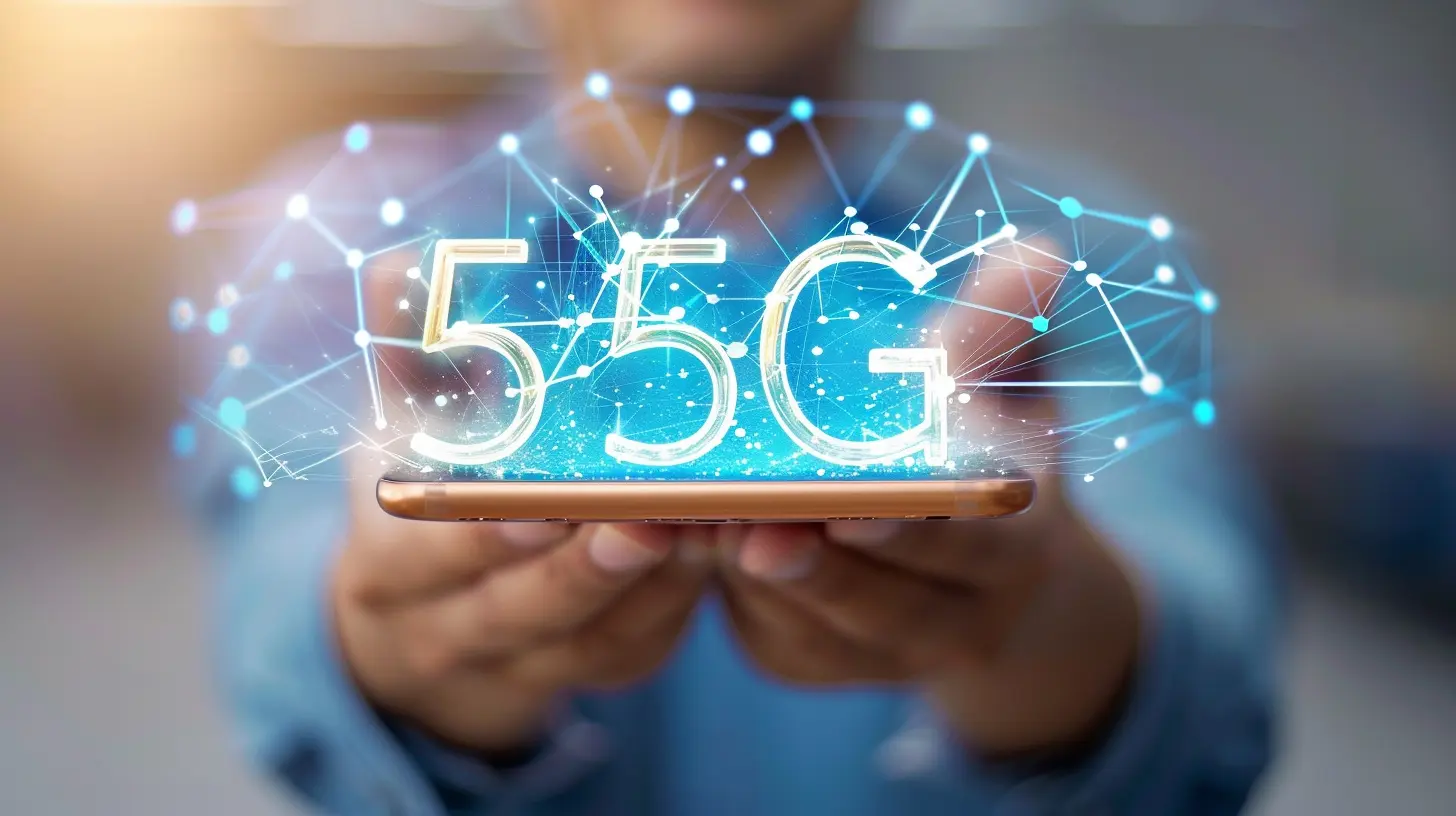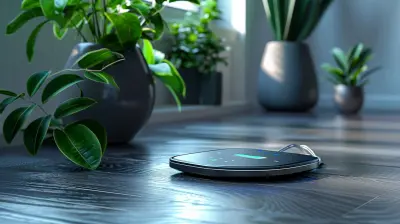Unlocking the Potential of 5G for IoT Devices
2 July 2025
Let’s be honest—just hearing the word "5G" sounds futuristic, doesn’t it? Now pair that with IoT (Internet of Things)—all those little smart gadgets that are quietly reshaping the world—and you’ve got a recipe for something big. Something game-changing. But what does unlocking the potential of 5G for IoT devices really mean?
Grab a coffee and stick around. We're peeling back the curtain on how this powerful partnership is about to transform your everyday life… and maybe even the world.
What's the Buzz About 5G and IoT?
Before diving head-first into the rabbit hole, let's do a quick check-in.5G is the fifth generation of mobile networks, and it's blazing fast compared to its older siblings (especially Grandpa 3G). It also offers ultra-low latency (think instant reaction times) and can handle massive numbers of connected devices.
Now, IoT is all about connected things. Smartwatches, refrigerators that text you when you're out of milk, traffic sensors, smart grids—yeah, all the things.
So here's the million-dollar question: what happens when you marry 5G’s speed and capacity with IoT’s appetite for connections?
You get a hyper-connected, ultra-responsive, intelligent world.
Why 4G Just Can’t Keep Up
Don't get me wrong—4G has done a great job. But it’s starting to buckle under the weight of our modern needs.Picture this: you're in a densely populated city. Everyone’s glued to their phones. Now add thousands of IoT devices—smart bins, parking sensors, autonomous delivery robots. That’s a lot of digital chatter!
4G’s limited bandwidth and higher latency mess with real-time communication. And when machines need to talk to each other in milliseconds, lag just won’t cut it.
That’s where 5G swoops in like a superhero.
5G Superpowers: What Makes It Perfect for IoT?
Let’s break down the magic sauce behind 5G that makes it the perfect sidekick for IoT devices.1. 🚀 Speed That Leaves 4G in the Dust
Think 10 to 100 times faster than 4G. That’s how fast 5G can be. For IoT devices that transmit and receive data constantly, this is like switching from a rusty bicycle to a Ferrari.Imagine a smart city where traffic lights, self-driving cars, and emergency systems all need to interact in real-time. With 5G, that dream actually works.
2. ⏱️ Ultra-Low Latency (Yeah, It’s That Fast)
Latency is the delay before a data transfer starts. 4G has a latency of around 50 milliseconds. 5G? As low as 1 millisecond.What does that mean in real life? For autonomous drones or robotic surgeries, a few milliseconds can mean the difference between precision and disaster.
Latency that low also means smoother interactions—whether it’s smart factories or real-time virtual reality experiences.
3. 📶 Massive Device Connectivity
5G is built for density. One square kilometer under 5G can support up to a million connected devices.That’s perfect for the IoT universe where everything—from your coffee maker to city-wide surveillance cams—needs a slot on the network.
4. 🔋 Energy Efficient
5G networks are designed to help devices sip power instead of guzzling it. That’s a game-changer for battery-powered IoT sensors that are expected to live in remote areas for years without human touch.You don’t want to send someone to climb a wind turbine every time a sensor dies, right?
Real World Magic: How 5G + IoT Are Changing Everything
Enough with the tech-talk. Let’s take a peek at how this powerful duo is already making waves.🏙️ Smart Cities: Turning Sci-Fi into Reality
With 5G, cities can become truly smart. Think intelligent traffic systems that reduce congestion, waste management that’s optimized in real time, and emergency services that respond before you even call.Imagine your car finding the nearest free parking spot and reserving it for you. That’s not just convenience—it’s efficiency at scale.
🚜 Farming With a Digital Touch
Yep, even farming is getting futuristic.With 5G-powered IoT, farmers can monitor soil health, weather patterns, and crop conditions in real time. Drones can spray only where needed. Watering can be laser-targeted.
Better yields, less waste, and the planet gives you a high five.
🏭 Industry 4.0 and Smart Manufacturing
Factories are going digital. With 5G, machines can coordinate better, respond to faults instantly, and even predict failures before they happen.Think of a production line that almost has a mind of its own. It adapts, reroutes, and never misses a beat.
That’s not just cool. It’s crucial for reducing costs and staying competitive.
🚑 Healthcare that Heals Faster
5G + IoT = smarter healthcare.We’re talking wearable devices that constantly monitor health stats and alert doctors instantly in emergencies. Remote surgeries where a doctor in New York operates on a patient in Tokyo. Ambulances transmitting vital data to ERs before arrival.
The future of medicine? It's not just in hospitals. It’s in the cloud, on your wrist, and running on 5G.
The Roadblocks No One Talks About
Alright, it’s not all sunshine and smart gadgets. Let’s talk bumps on the road.Security Nightmares
More devices equals more entry points for hackers. As 5G supercharges IoT, cybersecurity needs to scale just as fast—or we’re opening some scary doors.Ever thought about someone hacking your fridge or your car? Yeah, not a fun thought.
Infrastructure Costs
Rolling out 5G isn’t cheap. It requires a ton of new antennas, fiber connection backbones, and retrofitting. For rural areas, this can be especially hard.Until coverage is widespread, the full IoT potential might feel... a little lopsided.
Compatibility Chaos
Many existing IoT devices won't immediately support 5G. Think of it like trying to plug a USB-C into a micro-USB port—it just won’t work.We’ll need new hardware, updated systems, and plenty of patience.
Looking Ahead: What Does the Future Hold?
Despite the hurdles, one thing’s clear—5G is the missing puzzle piece that IoT has been waiting for.With full-scale 5G networks, we’re heading toward a world where data flows invisibly and instantly, connecting everything from toothbrushes to skyscrapers. Machine-learning-powered homes, pollution-free cities, self-maintaining machinery—they’re not just pipe dreams anymore.
The next decade? It’s going to feel a lot like living in The Jetsons.
Final Thoughts: Are We Ready?
The potential of 5G for IoT devices is jaw-dropping. But potential is just that—potential. It’s a door that needs opening, and once we do, we better be prepared for what's on the other side.From reimagining cities to reshaping how we live, work, and heal, this tech duo is powerful. But with great power… well, you know the line.
So the real question isn’t what can 5G do for IoT? It’s are we ready for what’s coming?
Because the future isn’t around the corner anymore. It’s already knocking.
all images in this post were generated using AI tools
Category:
5g TechnologyAuthor:

Reese McQuillan
Discussion
rate this article
2 comments
Velvet McCoy
Great article! It’s exciting to see how 5G technology is set to revolutionize IoT devices. The potential for faster connectivity and enhanced data processing will truly unlock new opportunities for innovation. Looking forward to seeing how these advancements will transform our everyday lives. Keep up the fantastic work!
November 5, 2025 at 1:27 PM
Sera Montgomery
Exciting possibilities with 5G! Eager to see how it transforms IoT devices and connectivity.
July 4, 2025 at 2:59 AM

Reese McQuillan
Thank you! We're just beginning to scratch the surface of what 5G can do for IoT. Exciting times ahead!


